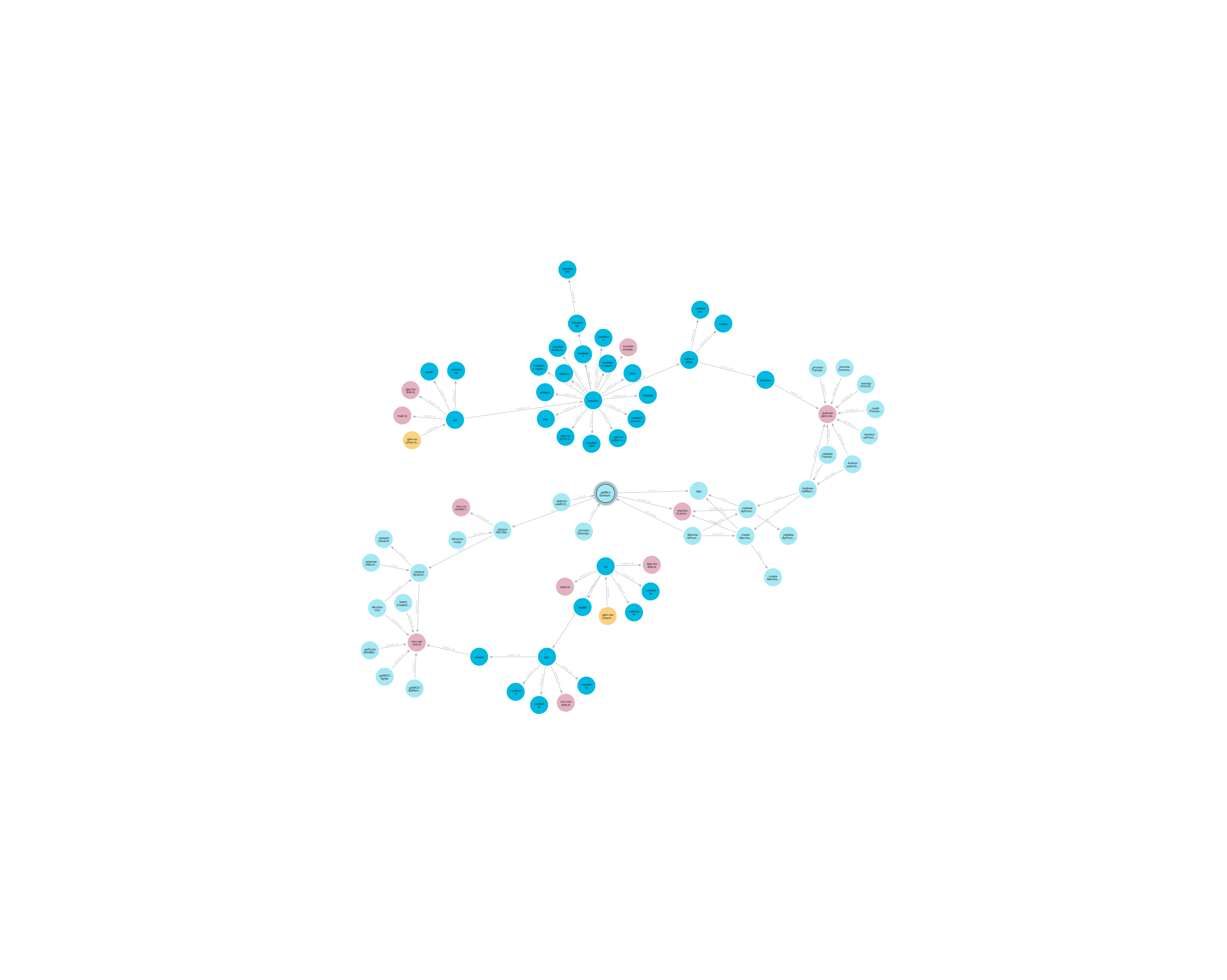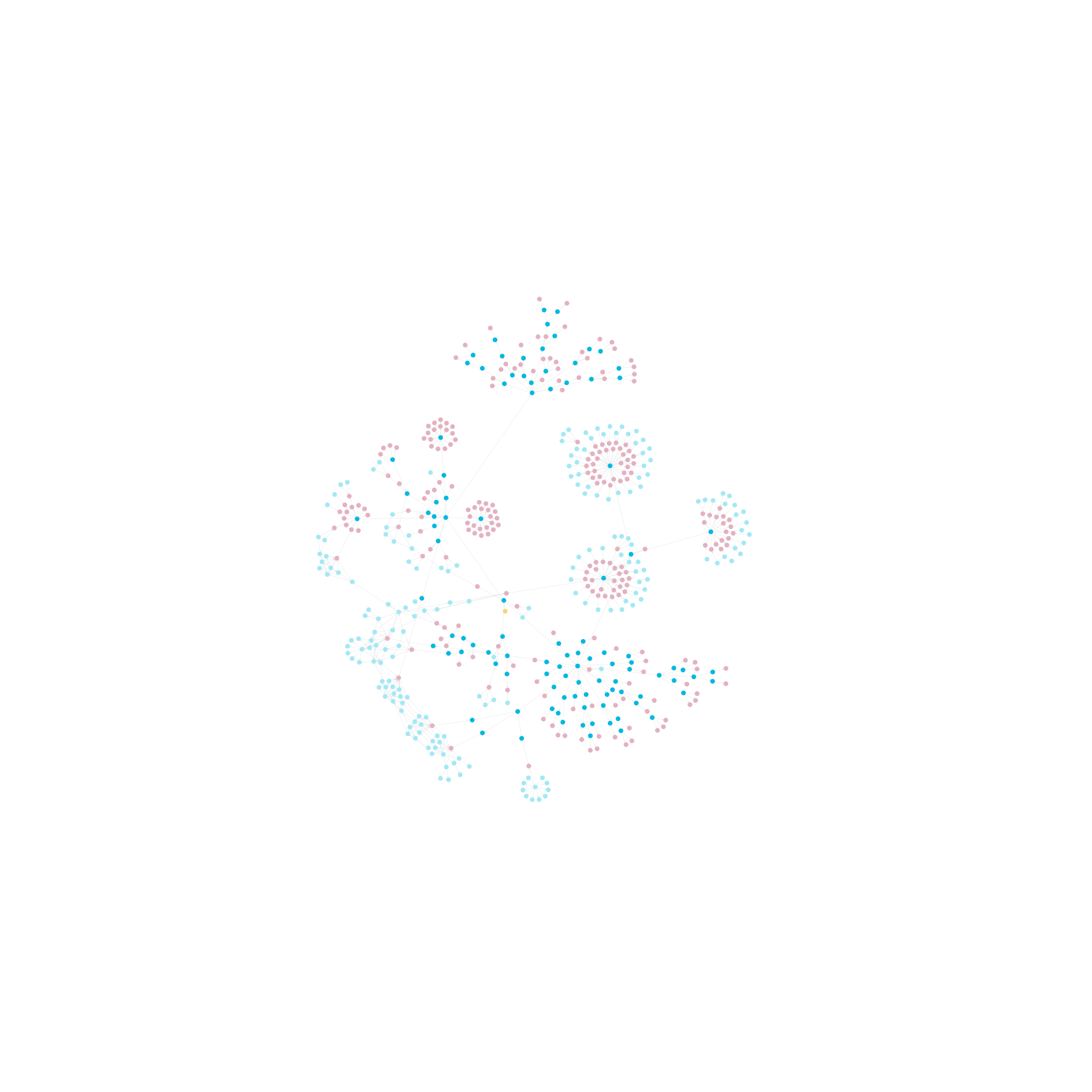Visualize & Truly Understand Your Codebase


Unify, understand, and query your entire microservice architecture—across every repo, every service, every call chain.
Request a Demo

| Capability | Traditional Tools | Our RAG System |
|---|---|---|
| Repository Scope | Single Repo Only | Multi-Repo Unified |
| Cross-Service API Tracing | Impossible | Full Call Chains |
| Search Methodology | Keyword Only | Hybrid Multi-Modal |
| User Personalization | Generic Responses | Role-Based Adaptation |
| Architectural Understanding | Fragmented | Holistic System View |
| Impact Analysis | Single Service | Cross-Service Effects |
Unlike traditional tools that analyze services in isolation, our system builds a comprehensive relationship graph using Neo4j to understand cross-service dependencies, API call chains, and data flow patterns.
Combines semantic vector search (pgvector) with traditional keyword search and graph-scoped retrieval. This multi-modal approach ensures both conceptual understanding and exact matches within proper architectural context.
Leverages user context and role-based prompting to generate responses tailored to technical expertise level. The same query generates different explanations for developers, product managers, and executives.
TypeScript/JavaScript AST parsing with strategy pattern for extensibility
Neo4j relationship mapping with differential updates
PostgreSQL + pgvector for semantic search capabilities
LLM-powered query understanding and strategy selection
Parallel execution of semantic, keyword, and graph-scoped search
Role-based response formatting with architectural context
Interested in learning more about this advanced RAG system for distributed codebases?
📧 maximorobbio@gmail.com